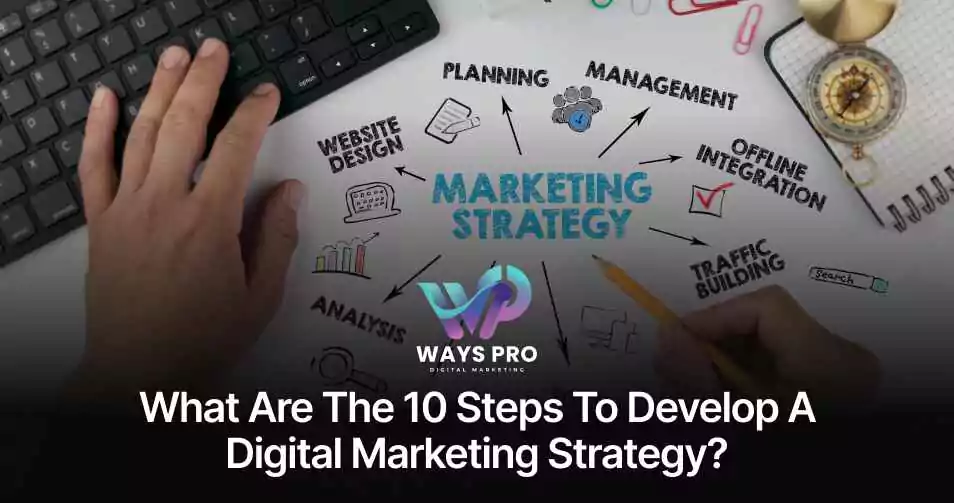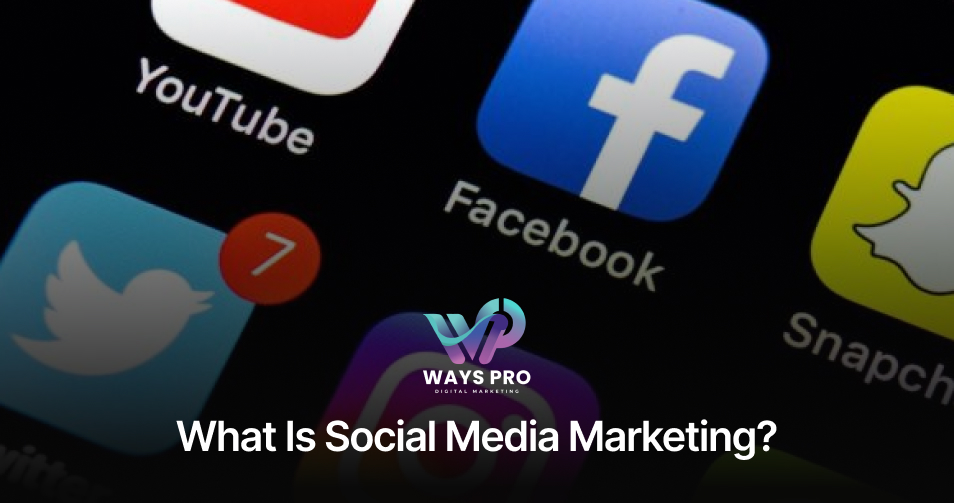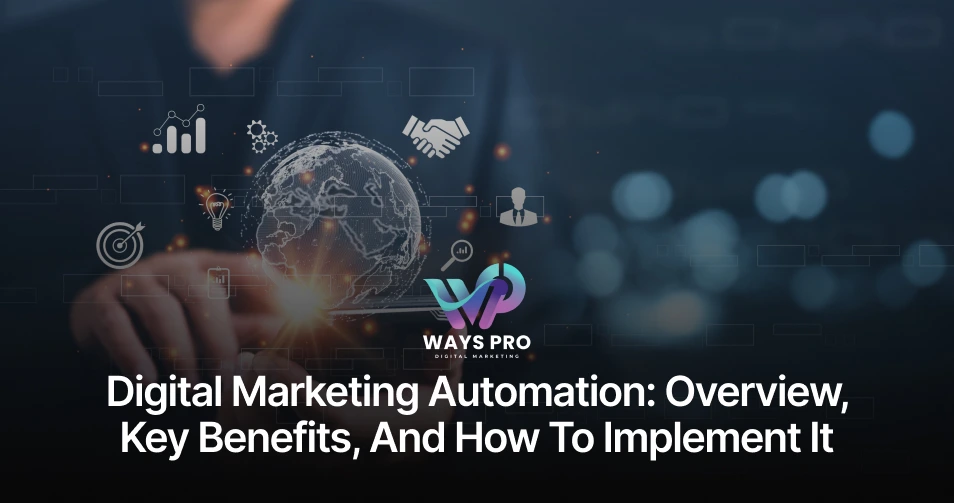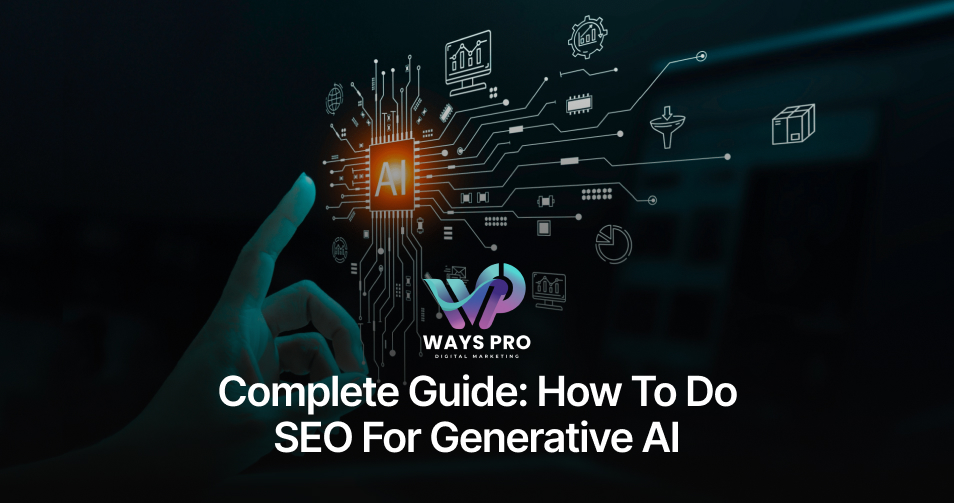Even in late 2024, the tech-equipped era, many companies get frustrated with their digital marketing campaigns. They complain about little results or worse losses rather than a satisfying return on ad spend (ROAS).
The reason is that they leave several loopholes that they don’t even know while developing their digital marketing strategy. No matter what the tools and platforms are, without closing these loopholes, there’s no way to accomplish anything.
In this blog, we will look into the actionable steps to prevent you from falling into these loopholes.
We will walk you through setting goals, defining your audience, setting up your program, analyzing results, and more, to help you with success.
Here we outlined 10 essential steps you need to follow to make your digital marketing strategy successful.
Set Clear Goals
Without a clear goal, you will not know which metrics to measure and what specific changes to make to keep your digital marketing strategy on track.
Setting clear goals is the foundation of an effective digital marketing strategy. Two popular frameworks for goal-setting are SMART and CLEAR.
SMART goals are Specific, Measurable, Achievable, Relevant, and Time-Bound. This framework is about precision and accountability, making it ideal for structured projects with fixed timelines.
On the flip side, CLEAR focuses on flexibility and emotional engagement. To make a robust foundation for your digital marketing strategy, ensure setting up the following attributes wisely and thoughtfully.
- Collaborative: Facilitate teamwork so that everybody meets a common objective.
- Limited: Goals should be clearly within the boundaries of the defined scope and time so as not to overextend.
- Emotional: Connect goals to motivations that inspire action.
- Appreciable: Decomposing the big objectives into small steps so that you move at a steady pace.
- Refinable: Be adaptable with your goals as the world constantly changes, but don’t forget the bigger picture.
Why CLEAR is the best?
The more dynamic industries like digital marketing, it’s good when you need to constantly refine your strategies.
CLEAR takes emotional resonance and combines it with adaptability, so that your marketing goals are actionable and motivating. Set your goals so they unite your team, inspire action, and are flexible enough to get you the best results.
Understand Your Target Audience

To understand your target audience, you must first grasp the problem your product or service solves. This understanding helps you identify and market directly to the people who genuinely need your solution.
To succeed in this process you should move forward with the STP approach. It is about segmentation, targeting, and positioning and is an effective approach to be able to streamline this process.
- Segmentation: Your audience should be divided into different groups based on shared characteristics such as behavior, demographics, or needs.
- Targeting: Find the segment that’s most likely to benefit from your product or service.
- Positioning: Write craft messages that tell them how you uniquely meet their needs.
For example, if you offer cloud storage
- Segment: To segment users into categories such as storage need people, teammates, and enterprises for whom seamless file sharing is required.
- Target: To be used by target teams and companies that are stuck in bottlenecks in file sharing or accessibility.
- Position: tailor your presence and message in the market as per the segmentation and target aspects – it’s the fastest, most reliable way of addressing these pain points.
By implementing the STP model, you sharpen your audience focus, making campaigns highly relevant and tailored. This strategy ensures you engage the right audience effectively, saving time and amplifying results. But to craft a truly impactful strategy, it’s essential to understand your strengths, weaknesses, opportunities, and threats.
Perform a SWOT Analysis
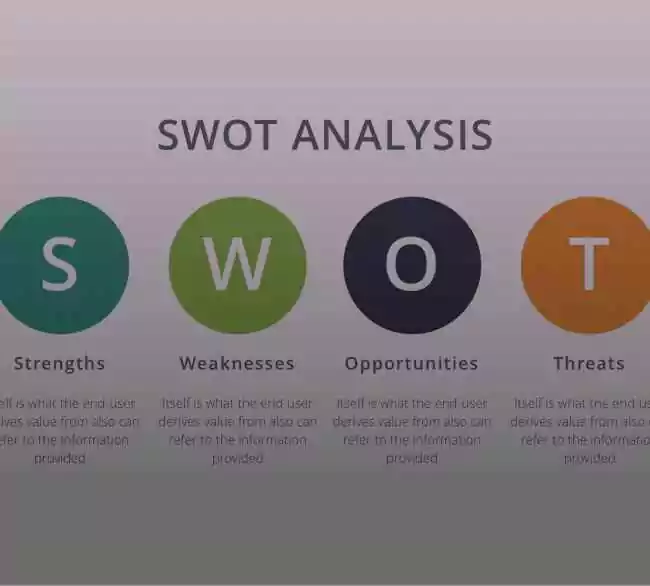
SWOT analysis brings your campaign’s internal strengths and weaknesses, and outside opportunities and threats to the spotlight, helping you utilize your resources accordingly and strategize the digital marketing campaign better.
- Strengths: you have a loyal customer base and unique services.
- Weaknesses: have a lack of budget or less knowledge about the market that you are going to hit.
- Opportunities: luckily, there are favorable digital trends or emerging markets.
- Threats: Economic changes or competitors are side-by-side that may impact your strategy.
Analyzing all these factors gives you better leverage of opportunities and a better-refined strategy. But alongside you need to watch out for the competitors playing in a similar niche which can give you a hard time.
Analyze Competitors

To take the lead in the market, you need to understand everything about the competition. Also, you have to identify where you stand in comparison to your competition.
Here we brought up the most winning approaches to find how you are performing in the competition, how your competitors are making their moves in the market, and what you should do next.
- Website Audit: See how competitors’ websites are presented content-wise, design-wise, and user experience-wise.
- Keyword Research: They rank for and with what keywords do they have? How do they differentiate themselves from the rest of the market?
- Social Media Monitoring: Keep an eye on their social media engagement, campaigns, and reactions from the audience.
- Product/Service Benchmarking: Find differences in pricing, features, and customer reviews.
- Content Analysis: Find out how good or bad the type and quality of content they produce.
Not only will this help you identify opportunities but it establishes the groundwork for creating a Unique Value Proposition to define what makes your business unique.
Define Your Unique Value Proposition (UVP)
Your Unique Value Proposition (UVP) is the difference between your brand and everyone else’s. It’s why customers should choose you over the competition. Having a great UVP and those 4 words — solve their specific problems — should resonate with your target audience.
Let’s say you run a sustainable clothing brand, your UVP could be: It’s ethically made apparel made entirely from 100% recycled materials. Not only does this also help to highlight your product’s value, but it also appeals to those who are conscious of the environment.
When you define it, then your UVP becomes the very core message of all marketing efforts and falls right into channel selection.
Choose the Right Digital Channels

Beyond just defining your UVP, it is also about selecting the right digital channels to help your message reach the right audience the right way. Think of where your target audience spends its time. For example, LinkedIn for B2B, Instagram for a lifestyle brand, or YouTube for video-based engagement.
Suppose a fitness startup wants to create workouts with it and show the audience on Instagram. Here, it applies analytics tools to evaluate the success of these channels and adjust as necessary.
Having your UVP in the message gives you the ability to curate a unique and suitable content strategy for each platform.
Develop a Content Strategy
If your messaging doesn’t resonate with the audience, it is not resonating with anyone. Decide content strategy on key themes like awareness, engagement, or conversion, and use that to help you define your content.
For instance, an e-commerce store could create blogs, reels, and email campaigns around tutorials, customer reviews, and seasonal promotions. To keep it consistent, use a content calendar and schedule.
This groundwork ensures your strategy becomes the heart of a well-performing campaign. Afterward, using advanced digital marketing approaches such as search engine optimization (SEO) and paid advertising or PPC help to reach a wider market.
Implement SEO and Paid Advertising
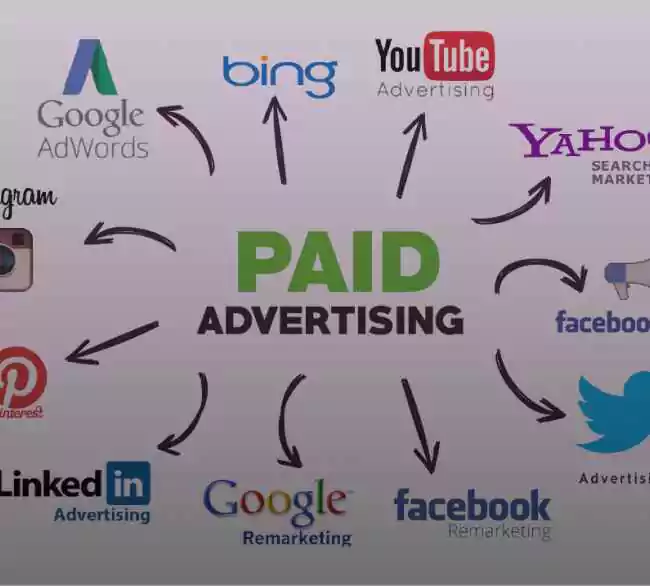
SEO and paid ads walk side-by-side with slight differences, providing you with effective results across search engines and social platforms. They make your website more keyword-optimized with search intent and local relevance keywords. Aiming to combine this with PPC campaigns for faster results that you can measure.
For example, an apparel brand that ranks high in searches by using the keyword “organic skincare products” and drives targeted Instagram ad traffic to get immediate traction. On the flipside, paid advertising brings up instant results, user actions, and sales. However, it requires a hefty budget which deviates most of the people towards organic marketing.
SEO generates long-term traffic and paid ads give an instant lead
. The two approaches complement each other to support your sustainable growth and ready you for active community management.
Engage and Manage Your Community
Staying engaged with your followers or target audience builds relationships and trust. Have live Q&As, reactions, polls, or all of it to respond directly to your audience.
Let’s say a tech company might post customer success stories to LinkedIn and ask for feedback on new features. Interaction that is consistent leads to loyalty and makes your brand approachable.
It’s not just responding, but also the process of managing your community as a space that feels inclusive to each other. It also engages you with helping you refine your strategy and further campaigns.
Measure and Analyze Results
This allows you to track down successful things directly related to your goals that your business is moving towards. It is necessary to monitor KPIs such as Traffic, Conversions, and Engagement Rates using tools like Google Analytics, SEMrush, or social platform insights.
For example, a restaurant could determine which ads give the best result in terms of bookings and reallocate its budget accordingly. Regular analysis allows us to identify what works and what does not, pointing out the areas that can be improved for better results.
With the right insights, you refine strategies and remain adaptive so that future digital marketing goals are met.
Conclusion
A digital marketing strategy is a living journey. The process begins with clear objectives and breaks down into monitored, targeted audience engagement, compelling content, and continuous optimization. When these strategies are used, businesses get higher visibility, better customer relationships, and measurable growth.
In the world of digital marketing, trends like AI-based analytics and personalization will be vital to maintain the lead. Partner with WaysPro Tech to accelerate your success by leveraging expert-driven strategies designed for your goals. Get in touch with us & start building a winning strategy together.
After all, take away some laser-focused tips for the mostly raised concerns of people about digital marketing.

